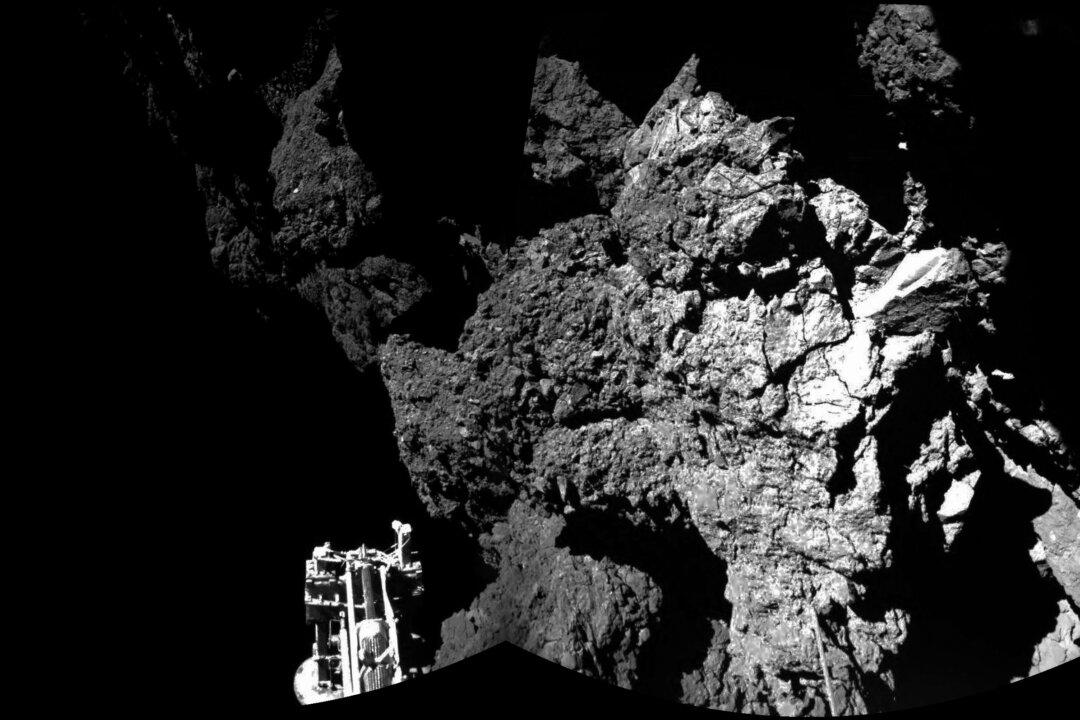$20 Trillion: That’s how much mineral wealth is buried in 3554 Amun, a tiny asteroid that crosses Earth’s orbit, as estimated by planetary scientist John S. Lewis in his 1997 book “Mining the Sky: Untold Riches from the Asteroids, Comets, and Planets.”
Lewis arrived at that figure by multiplying the amount of various minerals stored on Amun with their market prices at the time.
The vast sum wasn’t meant to be taken literally — a sufficient expansion in the supply of rare minerals would send it prices crashing down, just as the discovery of how to cheaply synthesize aluminum, which was once more precious than gold, downgraded it from the cutlery material of choice by European royalty to a pedestrian household good — but was illustrative of the fact that resources scarce on earth were abundant in outer space.





